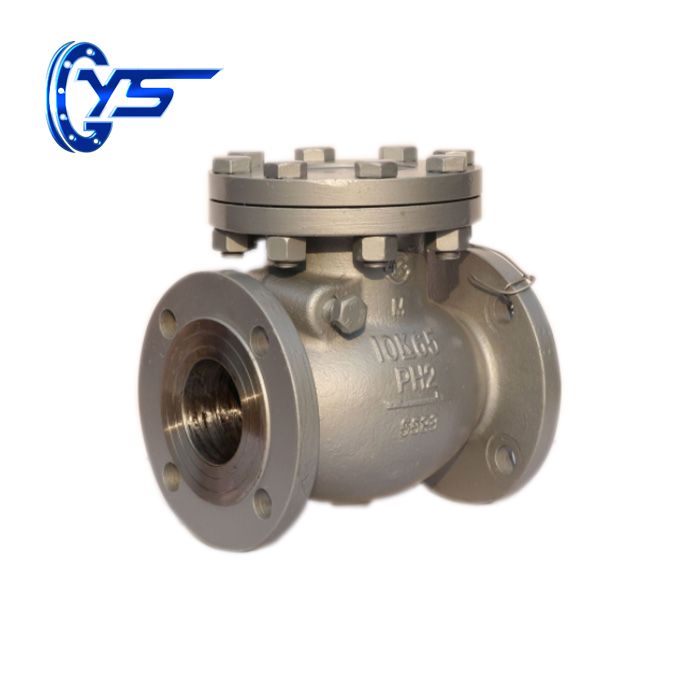Check Valve: The Most Important Valve In a Process System
They only allow fluid to flow in one direction.
They prevent reflux or siphoning.
They maintain the stress in the system.
They protect other equipment, such as pumps and water tanks.
Since the flow rate of the fluid opens the check valve, it is essential to know the flow rate and its characteristics. Is the fluid a liquid body, a gas, or a solid in a multiphase-liquid flow, or a liquid in a gas flow? What is the normal volume flow? Is the flow horizontal or vertical? Up and down? What is the temperature and pressure of the flow? What are the physical properties of fluids, such as density and viscosity? What are the chemical properties of fluids, such as pH and vapor pressure? Is it corrosive? Is it abrasive?
These flow characteristics determine which type of check valve is suitable and the special material requirements for the valve and trim.

To be reliable, check valves must be the right size. It is sometimes thought that the size of the line determines the size of the valve. This is not the case, especially with check valves.
For stable performance and long service life, check valves must be sized for the flow they are intended to handle. They need to experience enough traffic for them to fully open under normal traffic conditions. There's always sizing.
Keeping the check valve fully open typically requires a velocity of 10 to 12 feet per second of fluid, such as water. To start opening the check valve, the "brake pressure" is approximately 4 to 8 ft/s. The pressure drop required to keep the check valve open is usually 2 to 5 times the opening pressure.
Too large a check valve results in a low flow rate that prevents the valve from being kept open at all times. This can cause instability and the valve may vibrate or quiver. In turn, premature mechanical wear of the valve due to more frequent valve/trim strip replacement and other system downtimes due to repair or replacement of check valves can result in additional maintenance costs.
Undersized check valves can cause excessive flow through the valve, resulting in an unnecessarily high-pressure loss in the system. It can also generate excessive turbulence in the flow, which can lead to valve instability and increased mechanical wear, resulting in higher maintenance costs. Similarly, higher flow rates through undersized valves may increase corrosive wear inside the valve.
When dealing with turbulence, even properly sized check valves may be unstable due to upstream pump, elbow, or other flow interference. It is a good practice to leave a length of straight pipe upstream of the valve to allow turbulence to dissipate (if there is room). Typically, a length of 10 pipe diameters is sufficient.
Check valves play an important role in protecting other components of the flow system. To do its job, each check valve must be of the type suitable for the service and must be properly sized to remain fully open at normal operating flows. Correctly selected and sized check valves provide long trouble-free service life.
We are check valve suppliers. Please feel free to contact us.
Copyright © Hebei Yaosheng IM & EX Trading Co.,Ltd. All Rights Reserved |Sitemap | Technical Support: 
